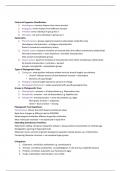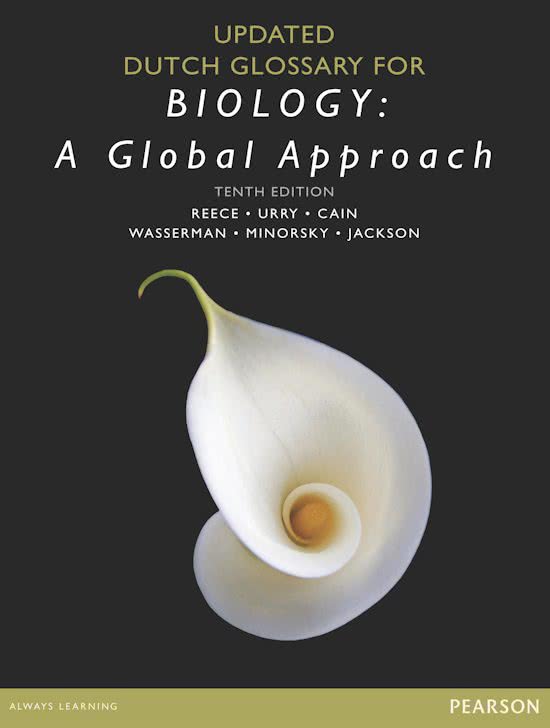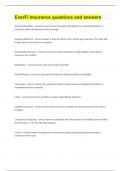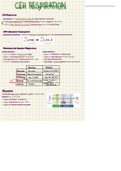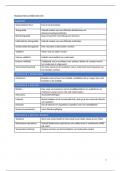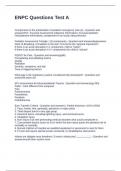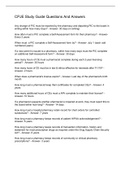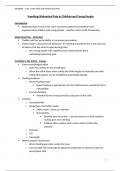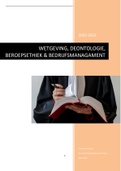Lecture notes
Lecture notes for LEC142 Zoology
23 pages covering the zoology module. Going over the different systems on classification, types of phylogenetic trees, and almost every phylum in the animal kingdom. As well as the basic identifiable characteristics to separate each group (e.g. body symmetry, cavities, lifestyle). Goes into detail ...
[Show more]
